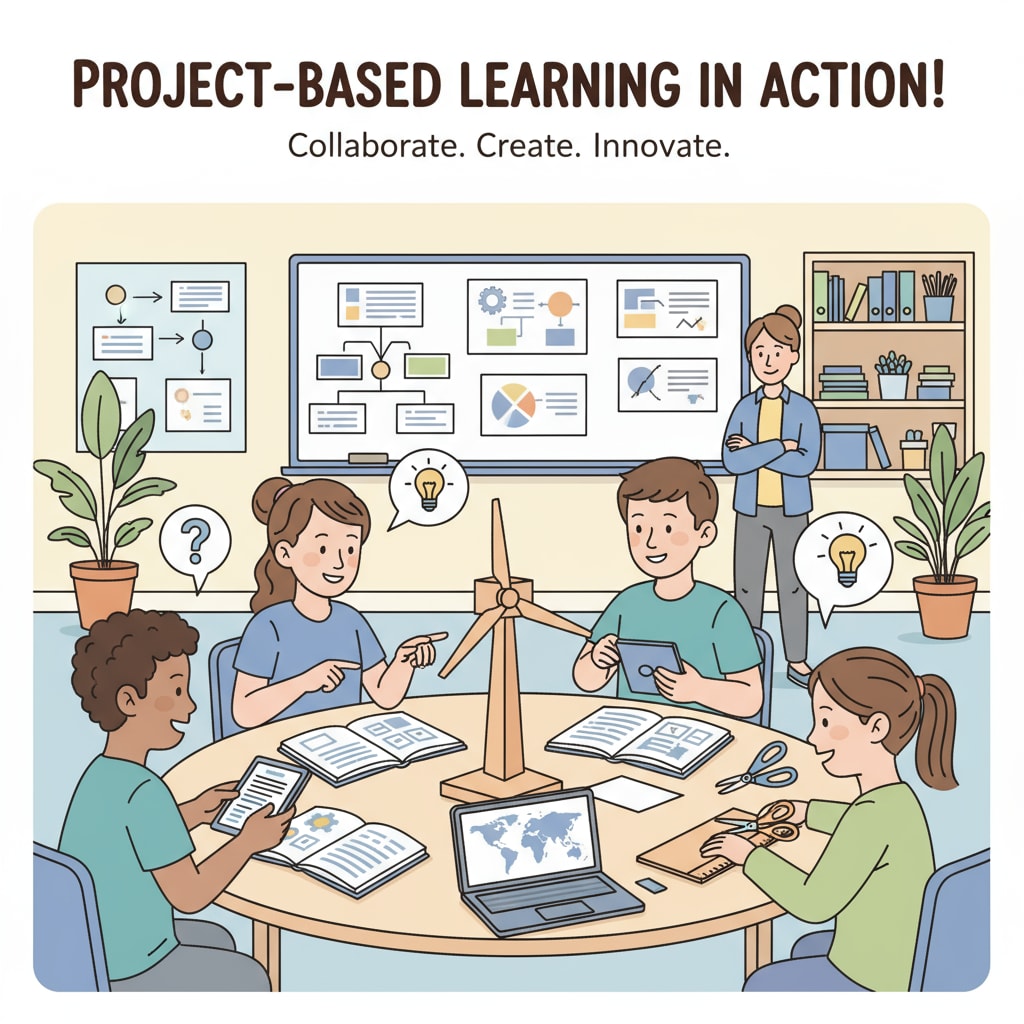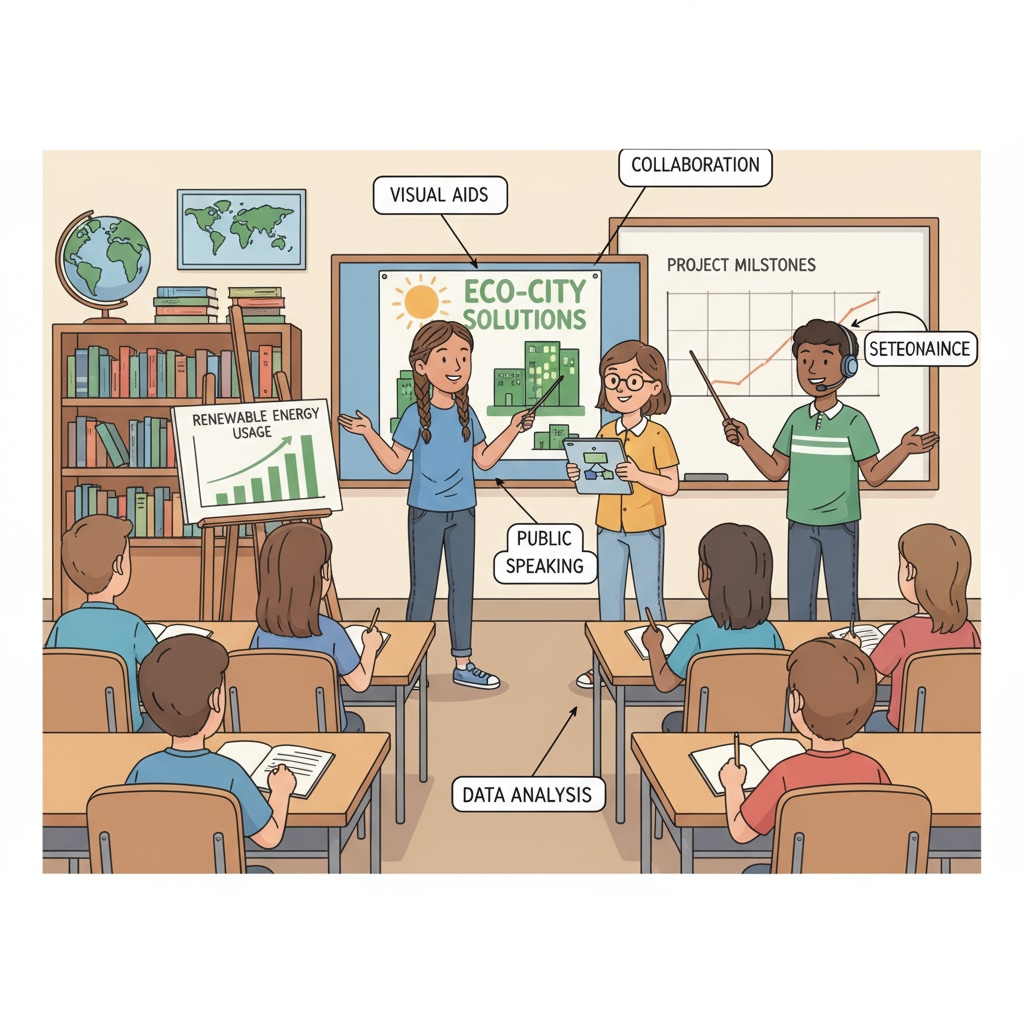Homework alternatives, project-based learning, and flipped classroom are becoming increasingly important in the landscape of K12 education. Traditional homework has long been a staple in schools, but it comes with its fair share of limitations. In this article, we will explore these limitations and introduce innovative strategies that can transform the learning experience for students.

The Drawbacks of Traditional Homework
Traditional homework often involves repetitive tasks, such as worksheets and memorization exercises. This can lead to boredom and disengagement among students. For example, many students find themselves spending hours on math worksheets that don’t really challenge their thinking. As a result, they may lose interest in the subject. Additionally, traditional homework may not effectively measure a student’s understanding or ability to apply knowledge in real-world situations. According to the National Education Association, there is little evidence to suggest that excessive homework leads to better academic performance.
Project-Based Learning: A Hands-On Alternative
Project-based learning is a powerful alternative to traditional homework. It involves students working on projects that require them to apply knowledge and skills from multiple subjects. For instance, students might be tasked with creating a sustainable community project, which would involve research, planning, and presentation skills. This hands-on approach not only makes learning more engaging but also helps students develop critical thinking, problem-solving, and teamwork abilities. As stated by Edutopia, project-based learning allows students to take ownership of their learning and develop a deeper understanding of the subject matter.

To implement project-based learning effectively, teachers need to carefully design projects that are relevant, challenging, and achievable. They should also provide clear guidelines and support throughout the process. This way, students can thrive in this alternative learning environment.
The Flipped Classroom Model
The flipped classroom is another innovative strategy that can replace traditional homework. In a flipped classroom, students watch instructional videos or complete other pre-class assignments at home. This allows them to come to class prepared with basic knowledge, and the in-class time can be dedicated to discussions, group activities, and hands-on learning. For example, a science teacher might assign students to watch a video about a scientific concept before class. Then, in class, students can conduct experiments and discuss the results. This model not only maximizes in-class time but also caters to different learning paces.
Teachers who adopt the flipped classroom model need to ensure that the pre-class materials are engaging and easy to understand. They also need to be prepared to facilitate in-class discussions and provide individualized support. This model can significantly enhance the learning experience for students and reduce the burden of traditional homework.
Readability guidance: We have used short paragraphs and lists to summarize key points. Each H2 section has a list or clear explanation. The passive voice and long sentences are kept to a minimum, and transition words have been added throughout the article to make it more coherent.


